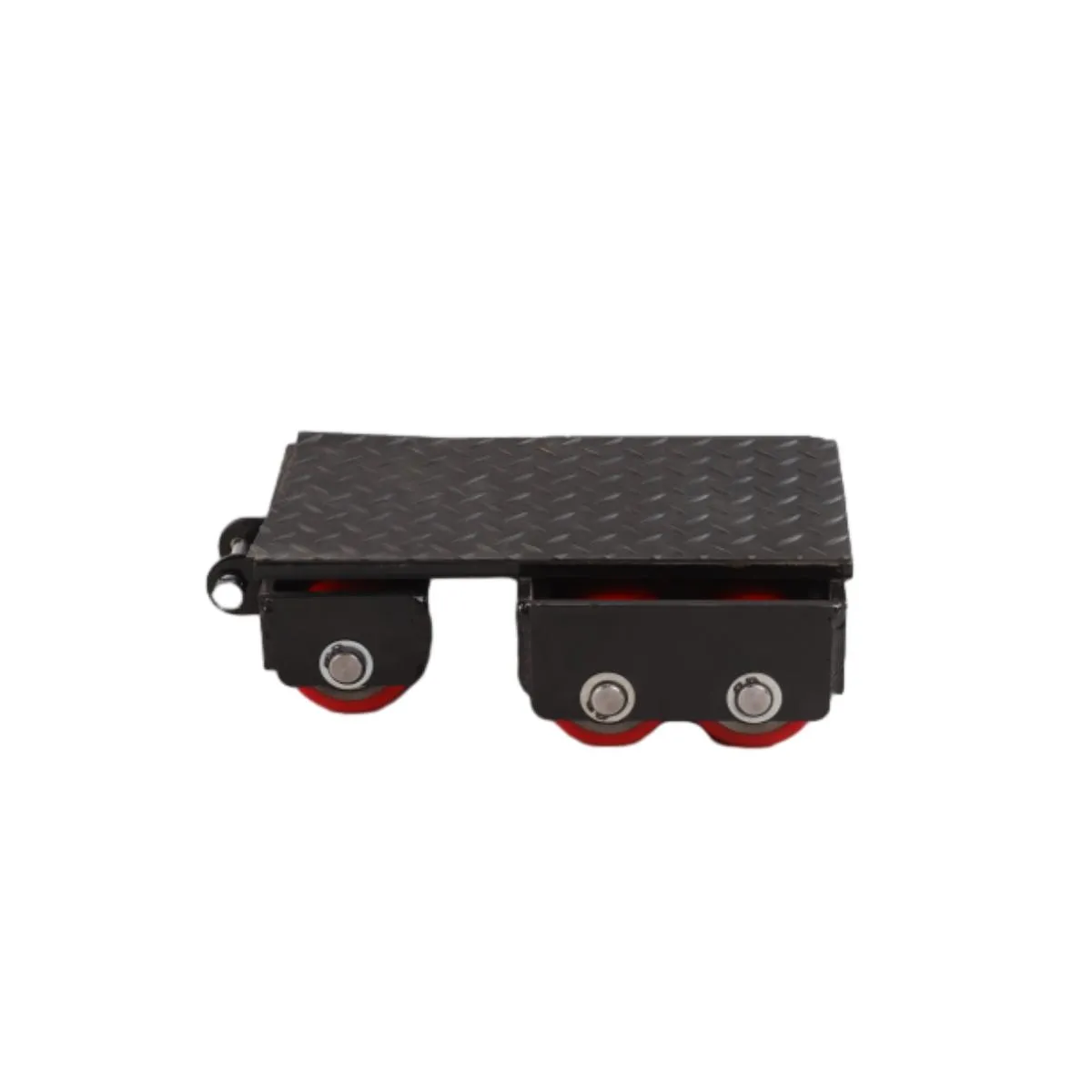heavy machinery relocation
Heavy Machinery Relocation A Comprehensive Guide
Heavy machinery relocation is a crucial aspect of construction, mining, and manufacturing industries, where the movement of large equipment is often necessary for project progression. Whether relocating a crane, bulldozer, or any other heavy machinery, the process requires meticulous planning, skilled personnel, and adherence to safety regulations. This article aims to explore the various facets of heavy machinery relocation, including the challenges, processes, and best practices to ensure a smooth transition.
Understanding Heavy Machinery Relocation
Heavy machinery relocation involves the transportation of large, often cumbersome, machinery from one location to another. This could be due to project completion, site changes, or equipment upgrades. The size and weight of these machines necessitate specialized skills and equipment for safe and efficient relocation.
Planning and Coordination
The first step in the relocation process is thorough planning. This involves assessing the machinery's specifications, weight, dimensions, and fragility. A detailed survey of both the current and destination sites is essential. Factors such as access roads, potential obstacles, and ground conditions must be evaluated to ascertain the best route for transportation.
Coordination with local authorities is also vital, as permits may be required for moving large machinery through public roads or restricted areas. Ensuring that all necessary paperwork is in place helps avoid legal complications that could delay the relocation process.
Safety Considerations
Safety is paramount in heavy machinery relocation. Operators must follow strict safety protocols to protect themselves and others on-site. This includes wearing appropriate personal protective equipment (PPE), conducting pre-move inspections, and ensuring that machinery is properly secured during transit.
Additionally, employing a qualified team of operators and riggers trained in heavy lifting and equipment handling is crucial. They should be familiar with the machinery’s specific needs and capabilities.
Equipment and Transportation
heavy machinery relocation

Selecting the right transportation method is critical for the successful relocation of heavy machinery. Depending on the size and weight of the equipment, options may include flatbed trucks, trailers, or specialized heavy-haul trucks. Utilizing the right equipment ensures stability during transportation and minimizes the risk of damage.
For particularly large machinery, such as cranes or excavators, it may be necessary to disassemble parts of the equipment to make it more manageable. This requires skilled technicians who can safely disassemble and later reassemble the machinery at the new location.
Communication and Collaboration
Effective communication among all stakeholders is vital for a successful relocation. This includes operators, project managers, logistics coordinators, and site supervisors. Regular updates and discussions can help address any concerns or changes in the plan promptly.
Collaboration with other contractors on-site can also facilitate a smoother transition. Sharing information about schedules, site conditions, and potential challenges helps everyone involved to be prepared and coordinated.
Post-Relocation Review
Once the machinery is relocated, a thorough inspection should be undertaken to ensure that everything is in proper working order. This includes checking for any signs of damage incurred during transport and verifying that the machinery is correctly positioned and secured at its new location.
A post-relocation review meeting can be beneficial for discussing any issues that arose during the process and ways to improve for future relocations. Feedback from the team can help refine strategies and enhance safety measures.
Conclusion
Heavy machinery relocation is a complex but essential part of many industries. By prioritizing careful planning, safety, and effective communication, companies can execute relocations with minimal disruption and maximum efficiency. As industries continue to evolve and expand, mastering the art of heavy machinery relocation will remain key to successful operations and project completion. Understanding the nuances of this process not only ensures the protection of valuable equipment but also fosters a culture of safety and collaboration in the workplace.
-
Unlock Seamless Relocation with Our Heavy Equipment Moving ExpertiseNewsJun.06,2025
-
Unleash Unrivaled Flexibility with Our Adjustable Gantry CraneNewsJun.06,2025
-
Unleash Heavy-Duty Efficiency with Our Industrial Gantry Crane SolutionsNewsJun.06,2025
-
Revolutionize Steel Handling with Our Magnetic Lifter RangeNewsJun.06,2025
-
Master Equipment Mobility with Premium Machinery Mover SolutionsNewsJun.06,2025
-
Elevate Your Material Handling with Magnetic Lifter TechnologyNewsJun.06,2025
-
YS Permanent Lifting Magnets: The Smarter Way to Handle SteelNewsMay.22,2025
